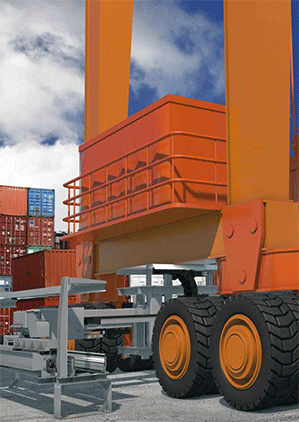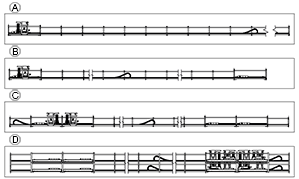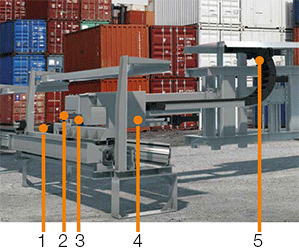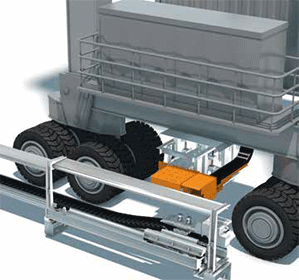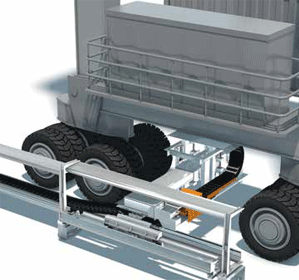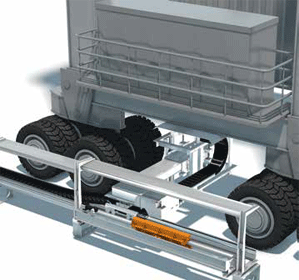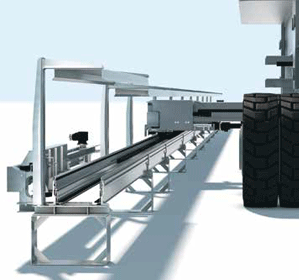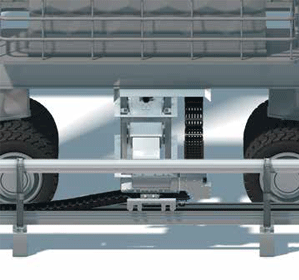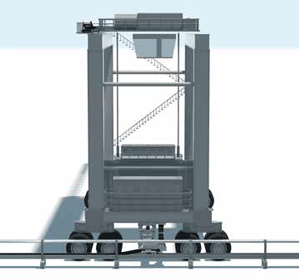System supplies mobile container bridges via an extendible telescopic arm. With the e-rover, igus® has further developed a system that quickly and automatically couples rubber-tyred gantry cranes with an energy chain system. A telescopic arm connects the energy-supplying chain, which is guided through a trough, with the RTG. This ensures a reliable energy supply and good data transmission – including via FOC cables. Rubber-tyred gantry cranes (RTGs) are mobile container bridges. You can switch between the container aisles. These RTGs are generally powered by diesel. To reduce energy costs and be kinder on the environment, in recent years developers have focused on electrically operated vehicles that can be coupled to an energy supply system once they are in a lane. igus® GmbH has further enhanced its e-rover, a system that enables automatic coupling and decoupling to/from the energy chain system. Energy and data can therefore be securely supplied by cable – including via FOC cables at Gigabit speed. The coupling process only takes about a minute and there are no restrictions on the RTG’s speed. Once the RTG has been ‘plugged in’ to the energy chain system, the diesel-based energy supply stops. Cables with a cross section of 180 mm² per phase can currently be used. Compensation of horizontal and vertical differences. The system works using a telescopic arm on the RTG, which can extend and retract. This has two benefits: firstly, it enables automatic coupling and the energy chain, in which all media are simultaneously guided, is moved with the RTG. This guarantees the supply of energy and data. Secondly, horizontal and vertical differences and misalignments in the travel can be balanced out. The system is suitable for long travels – with 500 metres and more being conceivable depending on customer requirements in the container port.
